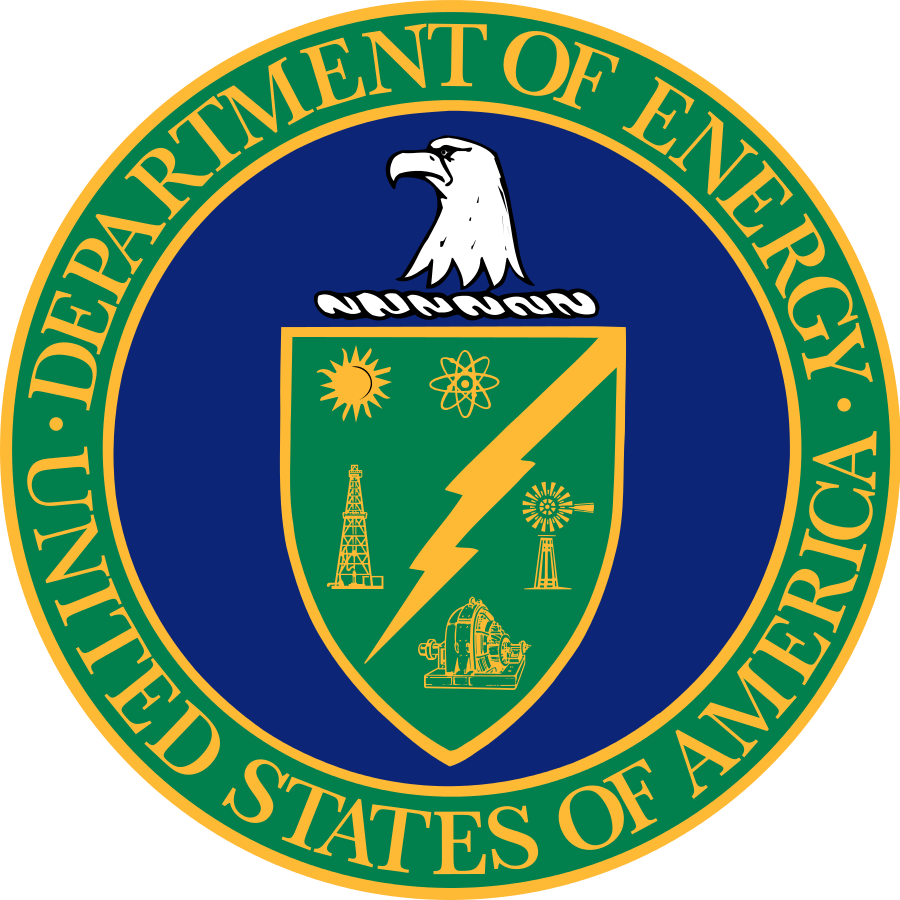APOGEE Caveats
This page relays a list of known issues in the APOGEE data release.
We have separated these into two categories: (i) problems and bugs and (ii) fundamental limitations from either data or methodology. The former are known issues in the catalogs themselves (many discovered after the release), whereas the latter is more fundamental to what we can provide.
For additional discussion of certain issues, see the pages on Using APOGEE spectra, Using ASPCAP stellar parameters, and Using APOGEE stellar abundances.
Methodology and Data Limitations
Lingering effects of LSF
Erroneous extinctions for bright stars
Users are cautioned against using the tabulated extinctions for very bright stars.
Persistent effects of persistence
Users of the APOGEE spectra should pay careful attention to the persistence flags and should consider the use of the inflated uncertainties for persistence-affected pixels. .
Atypical Abundance Ratios
The Abundance Scale
SNREV
SNREV, that is determined over a wavelength region in the middle chip that should not have many pixels that can be affected by persistence.
SNREV is the recommended quantity to use for S/N assessment.
Abundance Nodes
Rotation in Giants
Problems and Bugs
VHELIO is in Barycentric Frame
Incorrect telescope values in some LCO FITS headers
Targeting Caveats
This section contains items unique to APOGEE-2 processing. Caveats and issues with APOGEE-1 observations are documented here.
Multiple target classes
OR of all of the target flags of the individual visit spectra. As a result, there are stellar spectra constructed from multiple visits for which a target flag bit may be set in the combined spectra, but not in all of the visit spectra that were used to construct it.
APOGEE-2S Field-of-View
Users modeling the selection function for APOGEE-S data are encouraged to check the field-of-view for the plates used in their analysis.
Targeting Bits
-
APOGEE2_TARGET1=18 has not been use for APOGEE-2N Stream targeting, but has been used for APOGEE-2S stream targeting. We note that only a limited number of stream observations are available in DR16. -
APOGEE2_TARGET2=23 is set for short cohort stars with the restricted magnitude limit of $10\lt H \lt 12.2$ mag. However, this is not done uniformly over regions of the sky -- e.g., not all disk fields will have this restriction because they were designed before the $H$ magnitude range was restricted. Thus, there could be fields with the restricted limit and with $7\lt H \lt 12.2$ mag in the same part of the sky.
- Users should be aware of these inconsistencies.
Target Flags for Globular Cluster Candidates
apogee2_target4=3.
Users investigating Globular Clusters are encouraged to run member selection on all stars in the field.
Users modeling the selection function in fields containing Globular Clusters are encouraged to consider that some of the targets in the field are not flagged as having been selected as cluster candidates.
Duplicate Targets
EXTRATARG bitmask that appears in the summary allStar file and in the CAS table.
The EXTRATARG bit should allow users to avoid the duplicate use of the same target in an analysis.
Inconsistent IDs
telescope = apo1m), alternate object/star names were used for observation and reduction. 2MASS identifications, however, have been adopted in the final summary files and associated database tables. If users want to find the individual star spectrum files (e.g., the apStar or aspcapStar files), they will need to know the star name used during the reduction, which is stored in the ALT_ID tag.
Users should check the ALT_ID tag before seeking individual spectrum files for NMSU 1-meter observations.
Incorrect IDs in VACs
Users may want to correct these IDs using the attached machine-readable list available here.
Targeting Flag for 1-meter data
telescope = apo1m), APOGEE2_TARGET2 bit 22 was not set in DR16. The 1-meter data can still be isolated using the telescope tag.
Users should identify 1-meter data using telescope = 'apo1m' instead of using APOGEE2_TARGET2.


